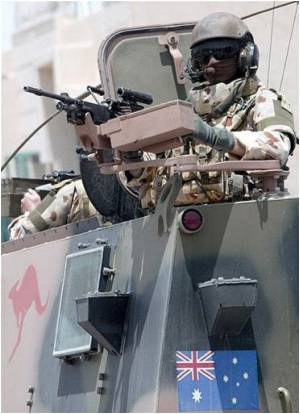Spine injuries in military personnel are caused mainly by explosions, finds study.

The resulting analysis is an important first step in helping orthopaedic surgeons develop treatment plans for these service members, as well as for severely injured civilians who sustain similar disabling injuries.
Key Findings:
- Of 10,979 evacuated combat casualties, 598 (5.45 percent) sustained a total of 2,101 spinal injuries.
- Explosions accounted for 56 percent of spine injuries, motor vehicle collisions for 29 percent, and gunshots for 15 percent.
- 92 percent of all injuries were fractures.
- The average age at the time of injury was 26.5 years of age.
- 90 percent of the injured were enlisted personnel.
- 84 percent of patients sustained their wounds as a result of combat.
- In 17 percent of injuries to the spine, the spinal cord also was injured.
- 53 percent of all gunshot wounds to the spine resulted in a spinal cord injury.
- Spinal injuries were frequently accompanied by injuries to the abdomen, chest, head, and face.
"But when a person survives an explosion or vehicle collision, there has still been a great deal of force on the body," Blair adds. "Many of those survivors are coming to us with severe injuries to their spine and back. We needed to describe and characterize these injuries so recommendations can be made on how to provide the most effective treatment and rehabilitation for our wounded warriors."
Although the survival rate is high for such injuries, the disability rate also is quite high. This affects not only the service members, but also their families and the U.S. healthcare system. Therefore, the study's authors note, further research is required to improve future outcomes for those with spinal injuries.
Source-Eurekalert












